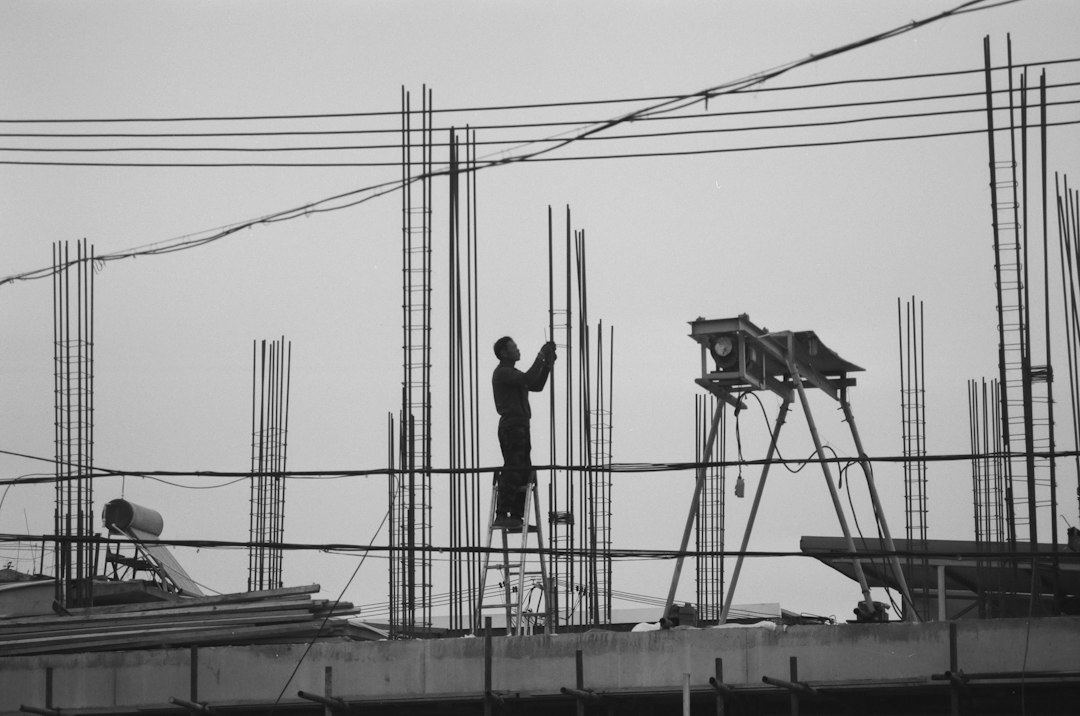A Historical Journey: Exploring Tlalpan’s Cultural Heritage
Tlalpan, a vibrant neighborhood located in the southern part of Mexico City, is not only known for its modern amenities and stunning landscapes but also for its rich historical heritage. Stepping foot in Tlalpan is like taking a journey through time, where the past and present converge harmoniously. From ancient ruins to colonial architecture, this neighborhood offers a unique glimpse into Mexico’s diverse cultural tapestry.
One of the must-visit historical sites in Tlalpan is the Xochimilco archaeological site. This ancient Mesoamerican city was inhabited by the Olmecs, one of the earliest civilizations in Mexico, dating back to around 1200 BCE. The remnants of the pyramids and structures at Xochimilco are a testament to the architectural prowess and ingenuity of these ancient people. Exploring this site allows visitors to appreciate the rich history and significance of Tlalpan in Mexico’s cultural heritage.
Another significant historical site in Tlalpan is the Ex-Convento de San Agustín, a colonial-era former convent built in the 16th century. This beautifully preserved structure showcases the architectural style of the Spanish colonial period, with its grand archways, courtyards, and ornate decorations. The Ex-Convento de San Agustín also serves as a museum, where visitors can learn more about the history of both Tlalpan and Mexico as a whole.
Apart from its historical sites, Tlalpan is also a hub of cultural activities. The neighborhood hosts numerous art exhibitions, theater performances, and music festivals throughout the year. These events provide a platform for local artists and performers to showcase their talents, adding to the vibrant cultural tapestry of Tlalpan.
To preserve and maintain its historical buildings, Tlalpan has implemented various restoration and renovation projects. One such project is the use of “renta de cimbra metálica,” or rental of metal scaffolding. This technique helps protect and repair the historical structures while ensuring the safety of workers involved in the restoration process. The use of metal scaffolding allows for easy access to hard-to-reach areas, making the restoration process more efficient and effective.
As visitors explore Tlalpan’s historical sites, they can also enjoy the neighborhood’s culinary delights. Tlalpan is known for its diverse gastronomy, offering a variety of traditional Mexican dishes, as well as international cuisines. From street food stalls to upscale restaurants, food enthusiasts will find themselves spoiled for choice.
In conclusion, Tlalpan offers a historical journey that showcases Mexico’s rich cultural heritage. From ancient ruins to colonial-era buildings, this neighborhood is a treasure trove of historical sites that provide a glimpse into Mexico’s vibrant past. The use of innovative techniques like “renta de cimbra metálica” ensures the preservation of these historical structures, allowing visitors to appreciate their beauty for years to come. So, if you’re looking to immerse yourself in Mexico’s history and culture, Tlalpan should be at the top of your list.
For more information on renta de cimbra metalica contact us anytime.

